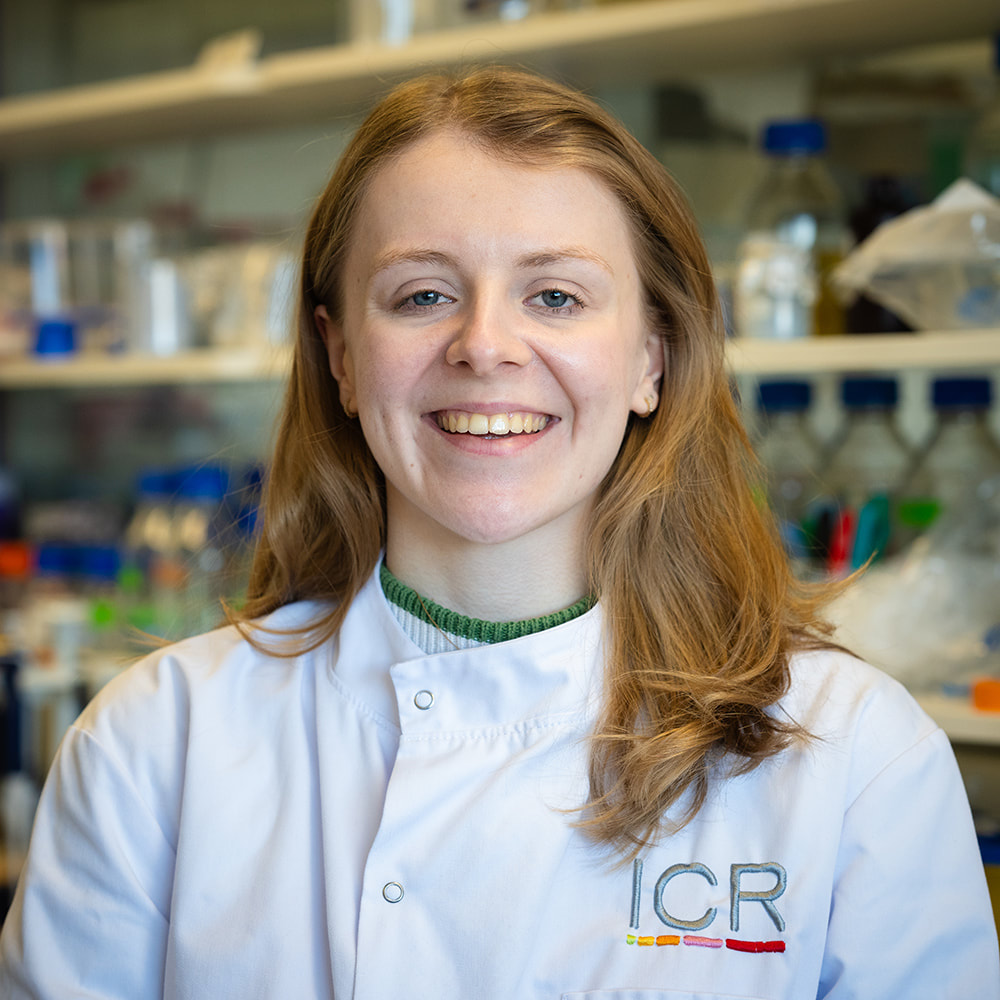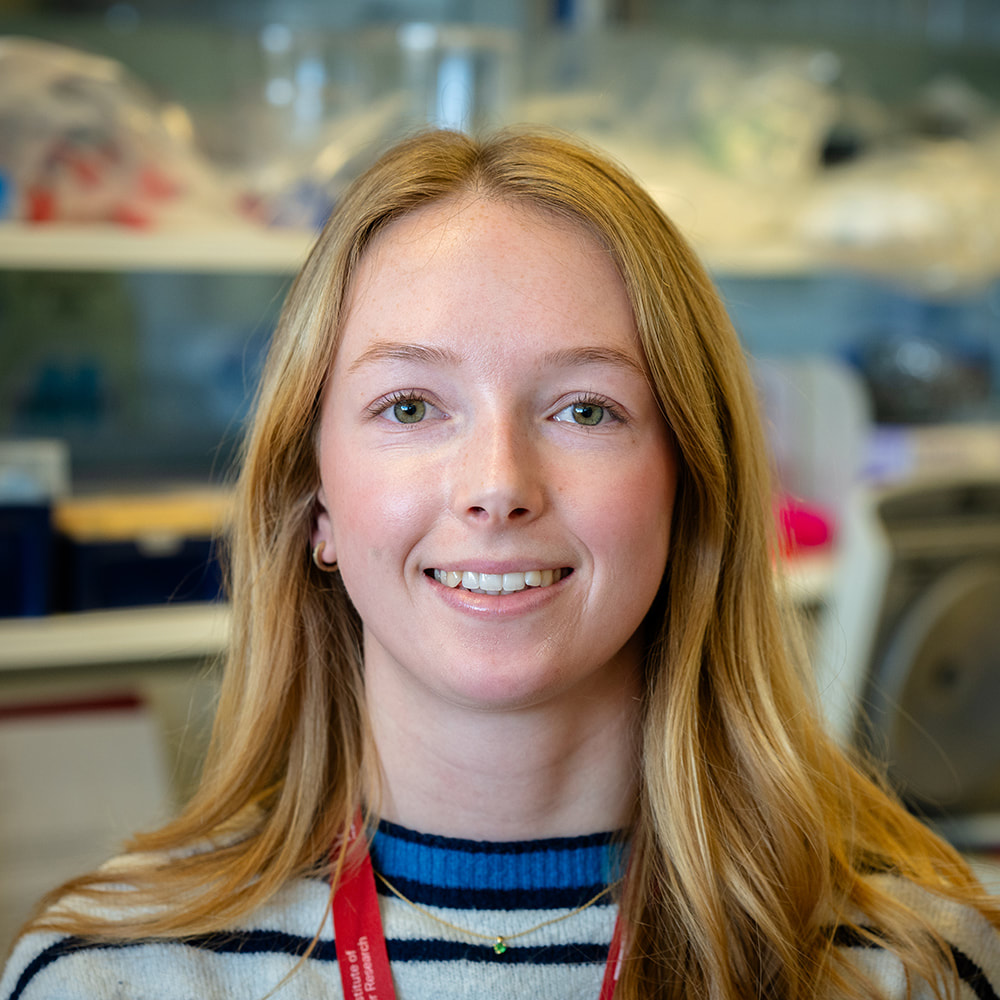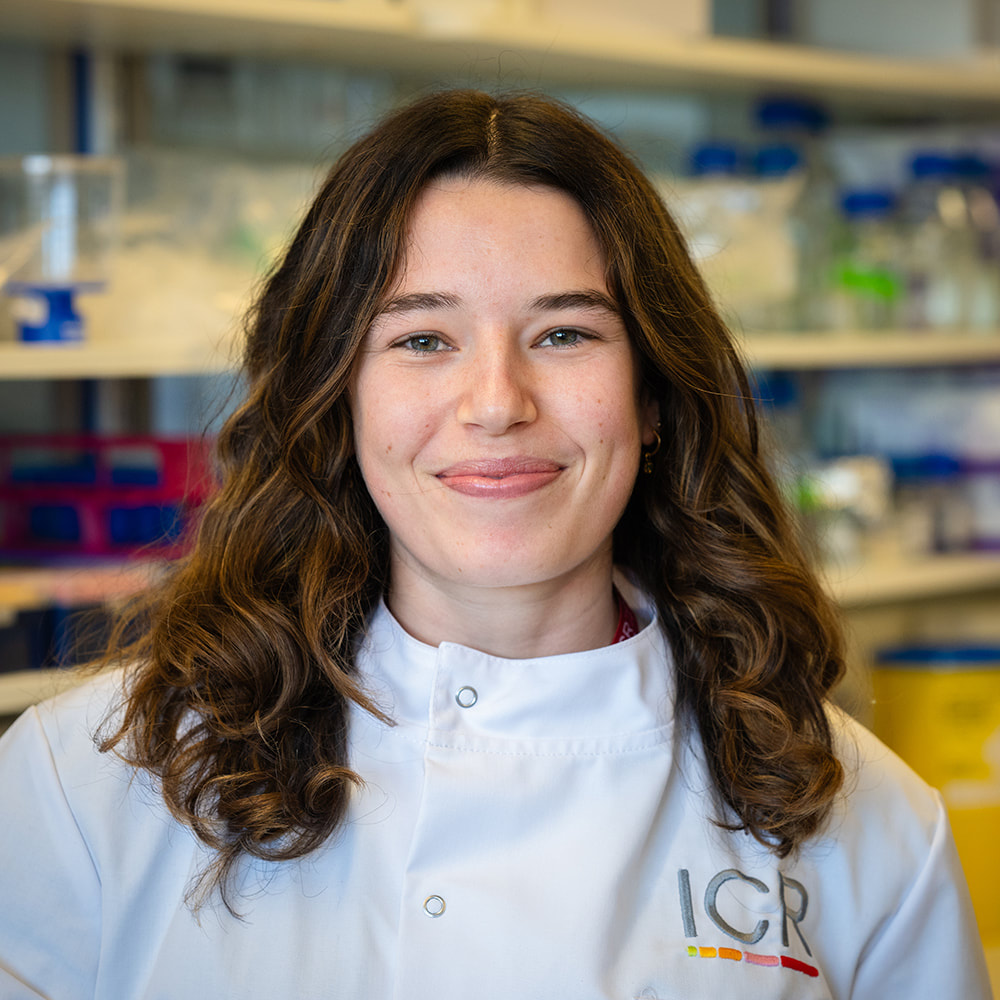Structural Biology of DNA Repair Complexes Group
Dr Basil Greber's group focuses on the structural and molecular mechanisms of DNA repair and genome maintenance in human cells.
Research, projects and publications in this group
We study the DNA repair process Nucleotide Excision Repair (NER) with an aim to uncover the mechanisms of NER by applying structural, biochemical, and biophysical methods.
The genetic information of our cells is stored on DNA in the cellular genome. Preservation and faithful transmission of this information is essential for cellular viability and human health.
However, cellular DNA is continuously exposed to damaging agents and processes that can induce alterations ranging from base modifications to breaks in the DNA backbone. Therefore, DNA repair processes have evolved to repair damage inflicted on cellular DNA.
We study one of these processes, termed Nucleotide Excision Repair (NER). NER responds to chemical modifications of DNA bases - including cross-linked bases and bulky adducts - caused by UV irradiation or reactive chemicals.
NER is a complex multi-step pathway in which DNA damage is sensed either by stalling of RNA polymerase II or by specialised damage-sensing proteins. Upon damage detection, a large multi-protein complex called TFIIH is recruited, unwinds the DNA, and provides access to DNA endonucleases that excise the stretch of DNA that harbours the damaged nucleotides. Subsequently, DNA polymerases synthesise new DNA to close the resulting gap in one of the DNA strands.
Mutations in components of the NER pathway cause human diseases, including the DNA repair syndromes xeroderma pigmentosum and Cockayne syndrome as well as the combined transcription and DNA repair syndrome trichothiodystrophy. Furthermore, the action of NER can remove DNA lesions induced by chemotherapeutics. Both the function and dysfunction of NER is thus of great importance to human health.
We aim to uncover the mechanisms of NER by applying structural, biochemical, and biophysical methods. In particular, we are interested in describing the structural transitions that occur within large multi-protein NER complexes, investigate how these transitions are regulated, and obtain insight into the mechanisms by which mutations impair the process and cause disease.
One of the techniques employed in our work is cryo-electron microscopy, which not only allows us to obtain detailed high-resolution information of the complexes under study but also enables analysis of the conformational landscapes of dynamic molecular assemblies.
Dr Basil Greber
Group Leader:
Structural Biology of DNA Repair Complexes
Dr Basil Greber's group, Structural Biology of DNA Repair Complexes, focuses on the structural and molecular mechanisms of DNA repair and genome maintenance in human cells.
Researchers in this group
 .
.
Email: [email protected]
Victoria Cushing earned her Master's degree in biochemistry from the University of Oxford. She is investigating the structure and function of CAK and is currently pursuing high-resolution structures of inhibitor-bound complexes.
 .
.
Email: [email protected]
Lucy Dan earned her Master's degree in biological sciences from Durham University. She is a ICR/Imperial Convergence Science Centre student and will investigate novel ways to target the activities of cyclin-dependent kinases for cancer therapy. Her interdisciplinary project is hosted jointly hosted in our lab and the laboratories of Dr. Anna Barnard and Dr. Alexis Barr.
 .
.
Email: [email protected]
Amy McGeoch earned her Bachelor's degree in biochemistry from the University of Leeds. She plans to investigate the involvement of cyclin-dependent kinase complexes in non-canonical pathways such as splicing.
Dr Basil Greber's group have written 36 publications
Most recent new publication 2/2025
See all their publications .
.
